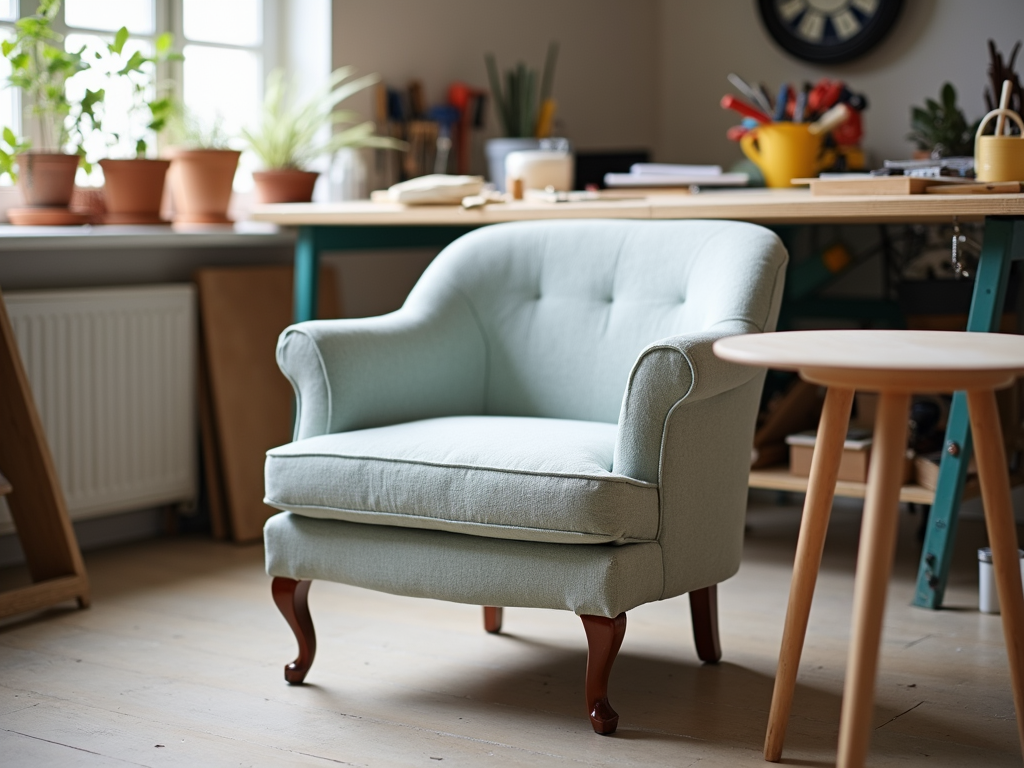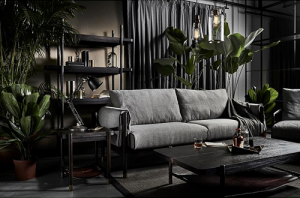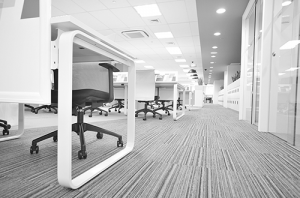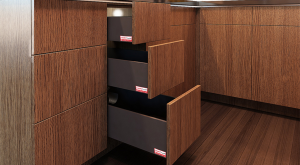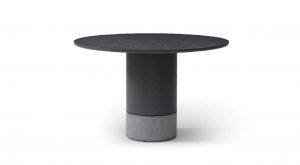Featured Post
How to Refresh Old Furniture with New Fabric
Overview
Refreshing old furniture with new fabric is a budget-friendly way to update your home. It saves money, reduces waste, and lets you personalize your space. This guide walks you through choosing fabrics, refreshing your pieces, and maintaining them with a simple furniture care and cleaning guide.

Why Refresh Old Furniture with New Fabric?
Revamping your furniture with new fabric has real benefits. First, it’s cheaper than buying new pieces—a new sofa can cost hundreds, while fabric and tools might only set you back $50-$100. Second, it’s eco-friendly. Reusing furniture keeps it out of landfills. Finally, it’s a chance to make your furniture truly yours. I once turned a dull chair into a standout piece with a bold floral fabric—it became the room’s focal point!
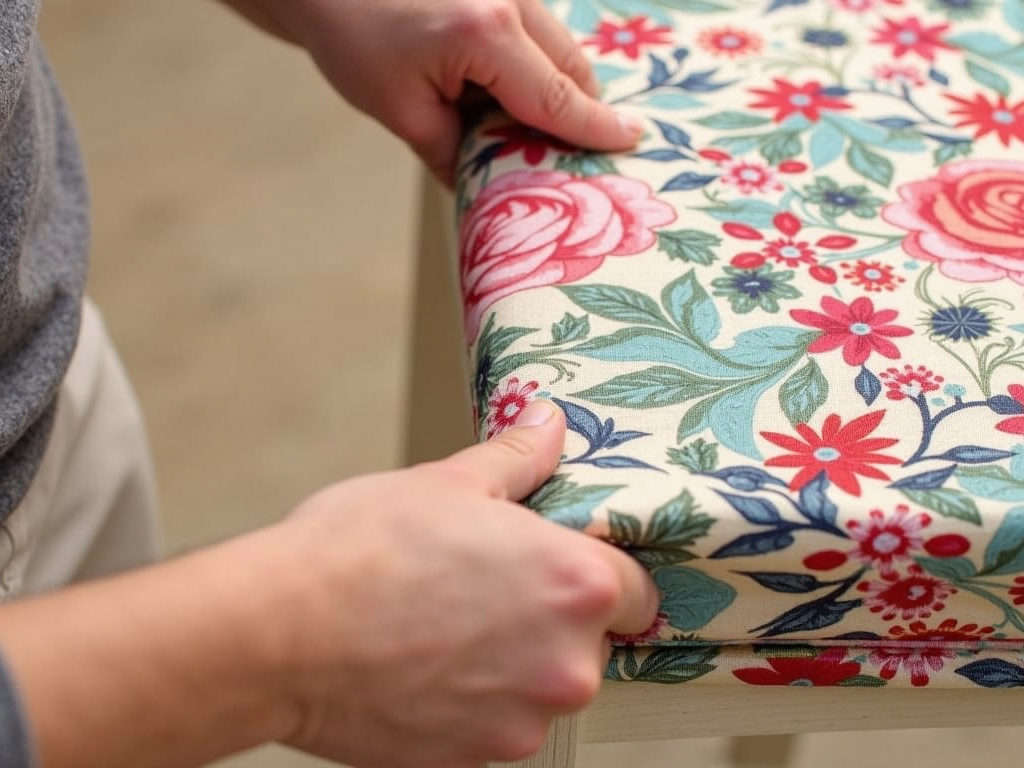
Assessing Your Furniture
Before you dive in, check if your furniture is worth the effort. Look at the frame—is it solid? Wiggle it to test for loose joints. If it’s shaky, tighten screws or add glue. Next, think about its style. Does it fit your space? I’ve skipped pieces that felt too outdated, but a sturdy table or chair with good bones is a keeper. Sentimental value counts too—my grandma’s old rocker was worth refreshing for the memories alone.
Checklist for Assessment
- Frame: Sturdy, no major cracks
- Joints: Tight, no wobbling
- Padding: Decent shape, replace if flat
- Style: Matches your taste or room
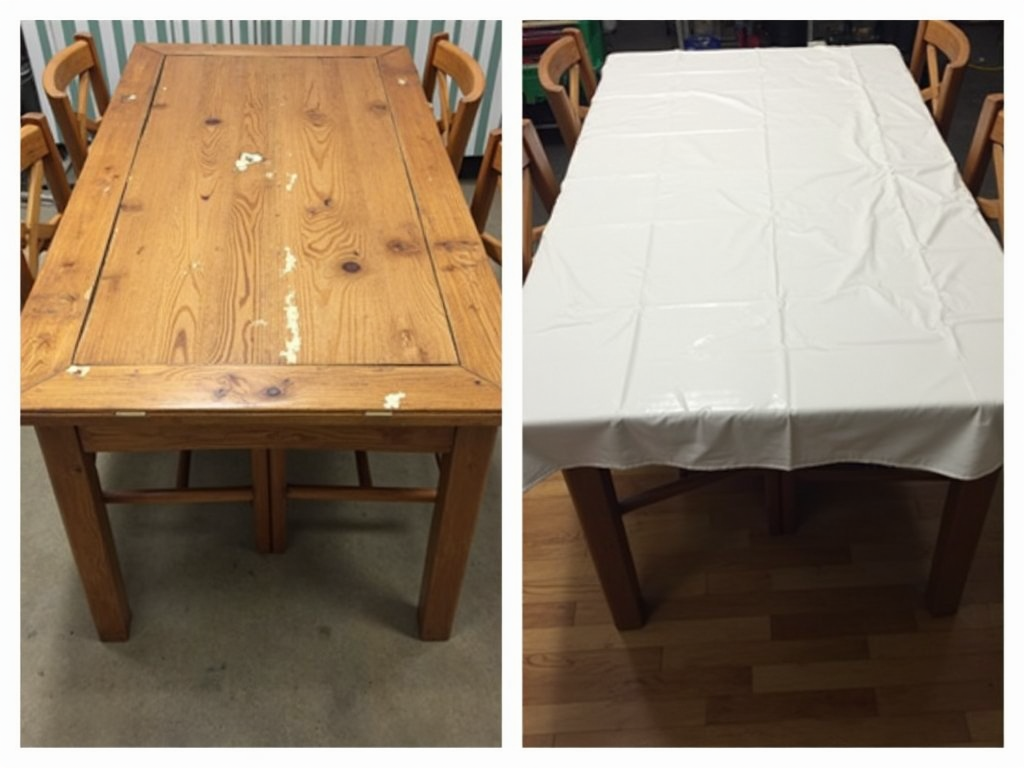
How to Choose Upholstery Fabrics
Picking the right fabric is key to refreshing your furniture. Start with the type—cotton feels soft but wrinkles, while polyester resists stains. For durability, check the rub count; 15,000+ is great for sofas. Match the fabric to your style—a sleek chair might need a solid color, while a vintage piece could handle a pattern. I learned the hard way that light fabrics show spills fast, so now I pick darker tones for my busy home.
Fabric Comparison Table
| Fabric | Pros | Cons |
|---|---|---|
| Cotton | Soft, affordable | Wrinkles, fades |
| Polyester | Durable, stain-resistant | Less breathable |
| Linen | Stylish, natural | Expensive, wrinkles |
| Leather | Easy to clean, luxurious | Costly, temperature-sensitive |
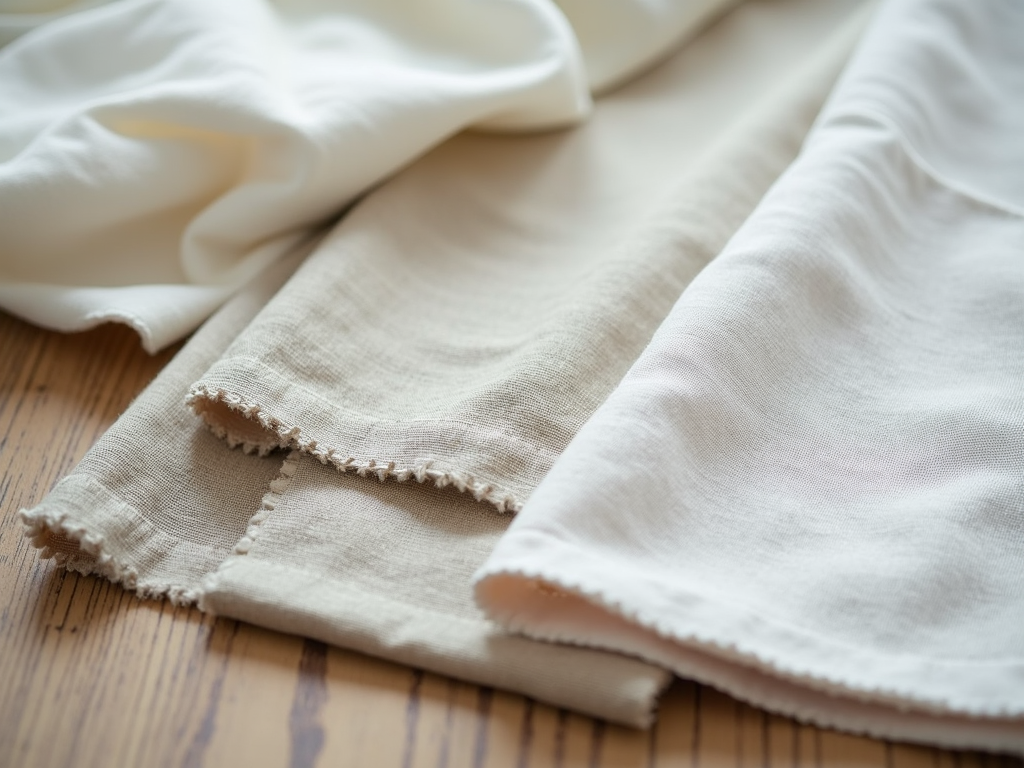
Preparing Your Furniture
Prep work makes a big difference. Clean your piece first—vacuum dust and wipe stains with a mild soap solution. Fix small issues like loose screws or torn padding. If you’re reupholstering, remove the old fabric carefully. I keep it intact to use as a guide—it’s like a map for the new fabric. A clean, solid base sets you up for success.

Reupholstering vs. Slipcovers
You’ve got two options: reupholstering or slipcovers. Reupholstering gives a polished, permanent look but takes time and skill. Slipcovers are simpler—you can whip one up in a weekend and swap it out later. I reupholstered a chair once for a custom fit, but for my couch, a slipcover was easier and just as stylish. Pick based on your time and goals.

DIY Reupholstering Basics
Ready to reupholster? For a dining chair, grab a staple gun, staples, scissors, pliers, and fabric. Remove the old fabric, cut the new one using the old as a template (add 2-3 inches extra), and staple it on, pulling tight. Start at the center and work out to avoid wrinkles. My first try was messy, but practice made it smoother—stretchy fabric helps too!
Tools You’ll Need
- Staple gun
- Staples
- Scissors
- Pliers
- Measuring tape
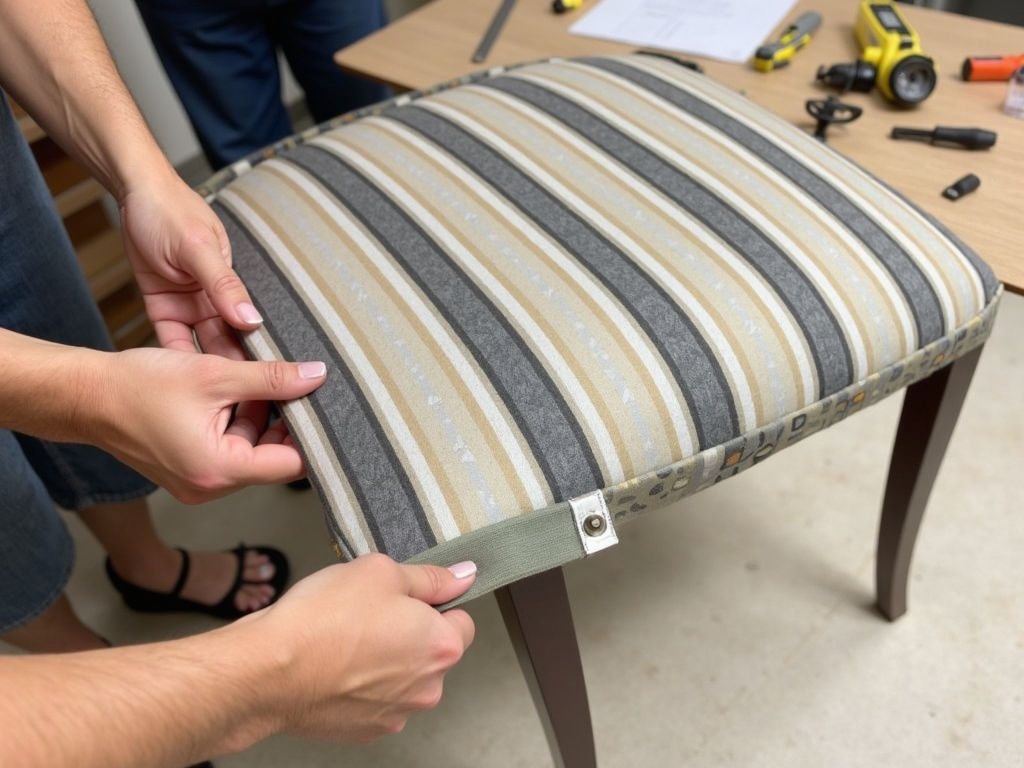
Creating Custom Slipcovers
Slipcovers are beginner-friendly. Measure your furniture—every curve and corner—then make a pattern with cheap muslin. Cut your fabric, sew it together, and add ties or Velcro to secure it. I made a slipcover for my sofa in a day; it wasn’t perfect, but it looked fresh and saved me from buying new.
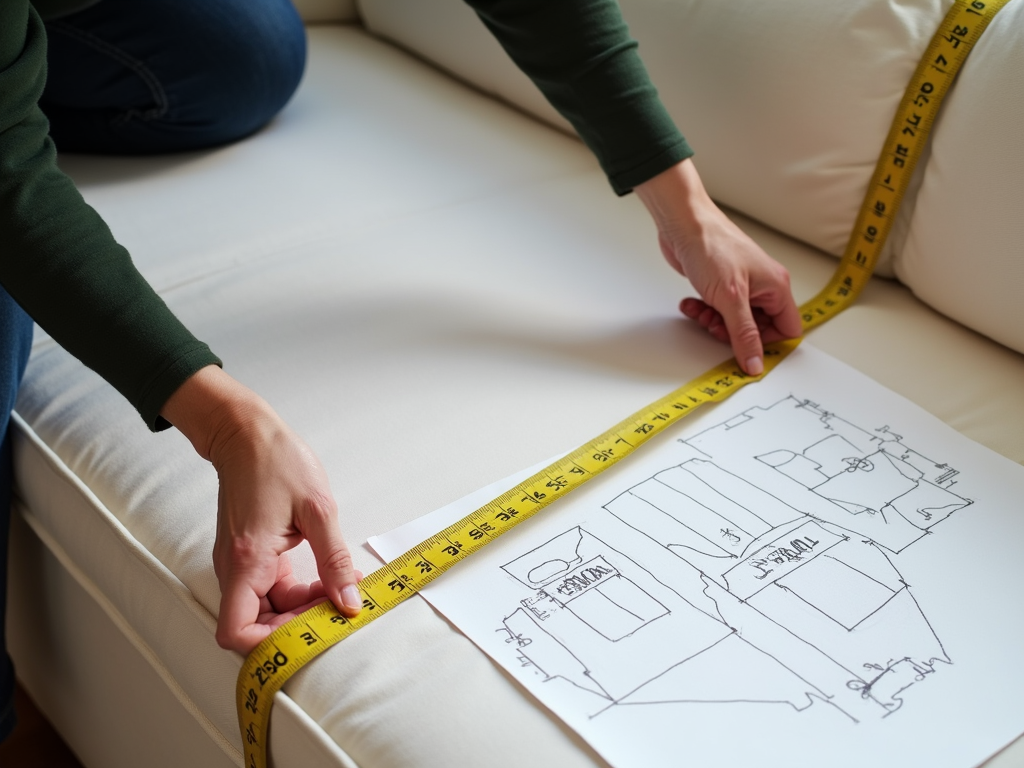
Furniture Care and Cleaning Guide
Keep your refreshed furniture looking great with regular care. Vacuum weekly to remove dust. For spills, blot—don’t rub—with a damp cloth and mild soap. Deep clean every few months with a steam cleaner if the fabric allows. I use a fabric protector spray on my pieces; it’s a small step that saves big headaches later.
Cleaning Tips by Fabric
- Cotton: Mild soap, air dry
- Polyester: Spot clean, damp cloth
- Linen: Dry clean recommended
- Leather: Leather cleaner, condition yearly
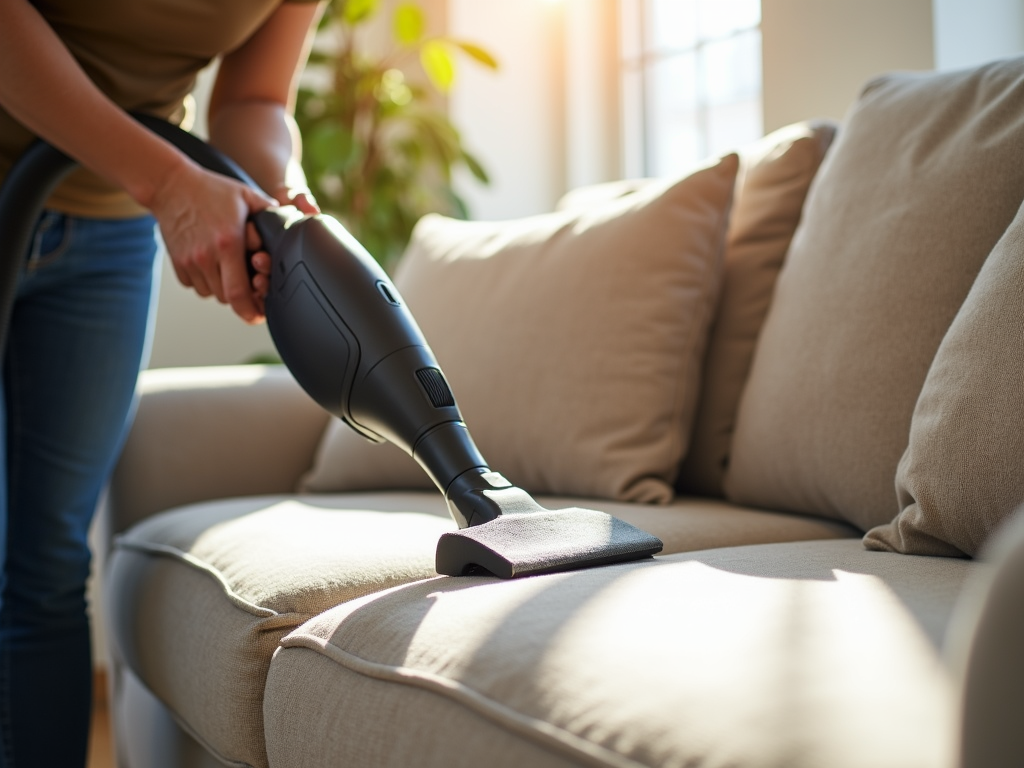
Inspiration and Ideas
Need a spark? Try bold patterns—a geometric print can wake up a tired chair. Neutral tones work for a calm vibe; I love beige for versatility. Mix fabrics for fun—like a striped sofa with solid pillows. My favorite project was a table with a fabric runner—it tied the room together beautifully.
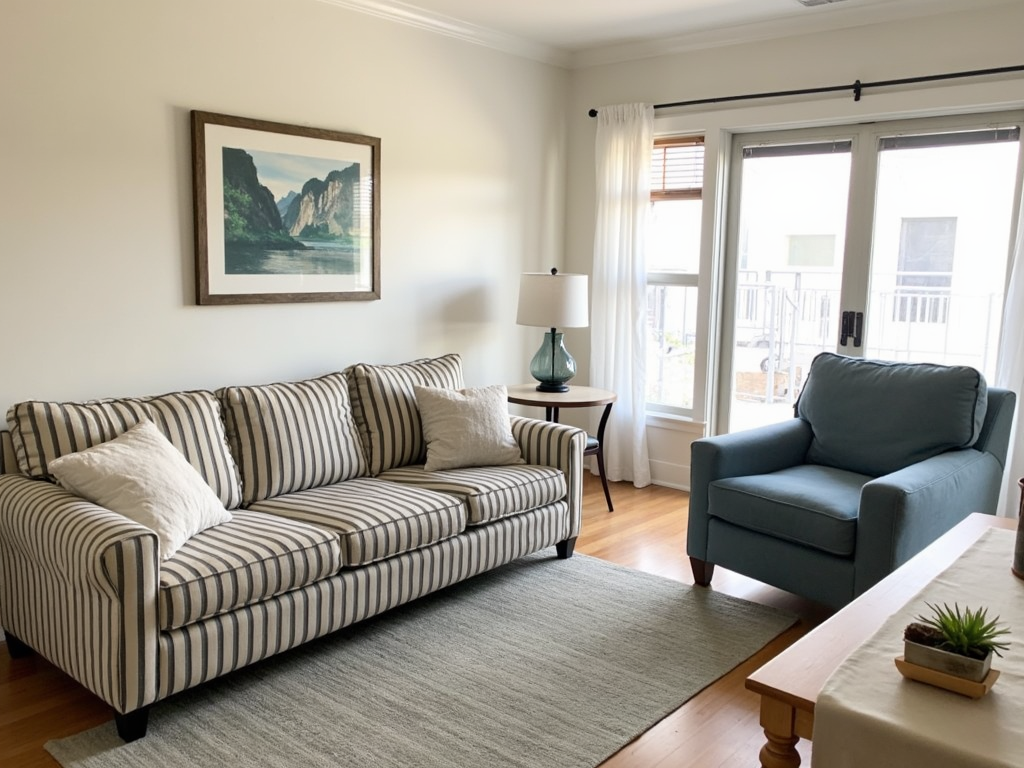
Summary
Refreshing old furniture with new fabric is a smart, creative way to update your home. Choose the right upholstery fabric, prep your piece, and decide between reupholstering or slipcovers. Follow our furniture care and cleaning guide to keep it fresh. With some effort, you’ll have furniture that’s both personal and practical.
